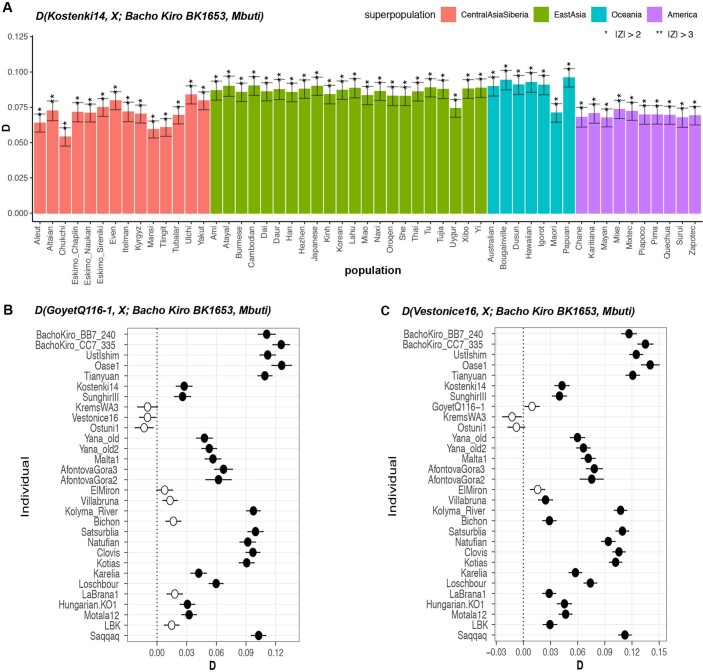Extended Data Fig. 4. Population affinities of the approximately 35,000-year-old BK1653 individual.
a, In contrast to the IUP Bacho Kiro Cave individuals, individual BK1653 is significantly closer to the approximately 38,000-year-old Kostenki14 individual29,30 than to present-day non-African populations from Central Asia and Siberia, East Asia, South Asia, Oceania or the Americas, as calculated by D(Kostenki14, present-day humans; BachoKiro BK1653, Mbuti). D values for each comparison, plotted as barplots, were calculated using ADMIXTOOLS28 as implemented in admixr61. Present-day human genomes from the SGDP31 were used in these statistics, and three Mbuti individuals from the same panel were used as an outgroup. **|Z| ≥ 3, *|Z| ≥ 2. b, c, BK1653 shares significantly more alleles with the approximately 35,000-year-old GoyetQ116-129 (b) and approximately 31,000-year-old Vestonice1629 individuals (c) than with most other ancient modern humans. D values calculated as in a. Filled circles correspond to |Z| ≥ 3, and open circles indicate a |Z|<3 (not significant). Error bars in all panels show s.e. calculated using a weighted block jackknife28 across all autosomes on the 2200k Panel (nsnps (Bacho Kiro BK1653) = 825,379) and a block size of 5 Mb.

